Deck & Commander Strategies

Shorikai, Genesis Engine
This deck focuses on artifact and vehicle synergies, creating multiple pilots to crew vehicles and attacking with them, gradually overwhelming opponents through efficient board development and artifact value.

Isshin, Two Heavens as One
A combat-focused deck leveraging multiple combat triggers to maximize damage output, aiming to win through repeated and stacked combat damage with aggressive creatures.

Light-Paws, Emperor's Voice
The deck aims to heavily enchant Light-Paws with auras, boosting her stats and abilities to clear blockers and dominate combat, eventually winning through powerful, aura-enhanced commander attacks.
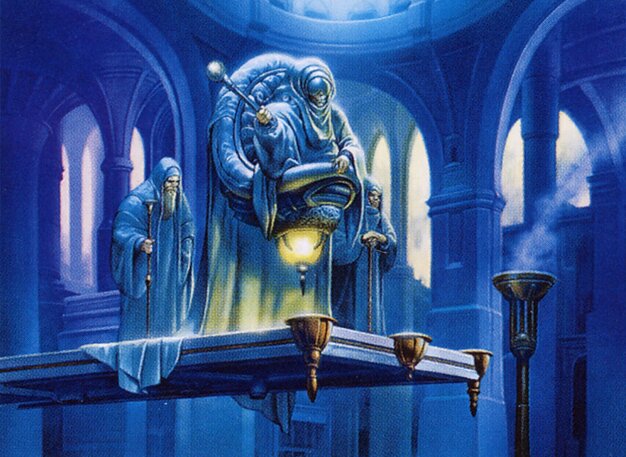
Grand Arbiter Augustin IV
A classic blue-white control deck that uses cost reduction, counterspells, and soft Stax effects to control the board and slow opponents, winning through either a combo or attrition by locking down resources.
Gameplay Insights
- 1
Grand Arbiter's ability to reduce costs and counter key spells such as Pentarch Ward was critical in maintaining control and disrupting opponents' plans.
- 2
The bouncing of Light-Paws by Teferi significantly delayed Zansher's aura-stacking strategy, highlighting the power of repeatable bounce effects against aura-heavy decks.
- 3
The Imposter Mech copying Grand Arbiter created a confusing board state that forced opponents to respond quickly, illustrating synergy between artifact creatures and commanders.
- 4
Propaganda was used effectively to deter attacks, providing a defensive buffer for Grand Arbiter's control player.
- 5
Light-Paws' aura-triggered ability to fetch and attach additional auras created a snowball effect, enabling potent combat turns once the board state stabilized.
- 6
Isshin's emphasis on multiple combat triggers kept pressure on all opponents, necessitating careful threat assessment and prioritization during combat phases.
Notable Cards
-

Grand Arbiter Augustin IV
-
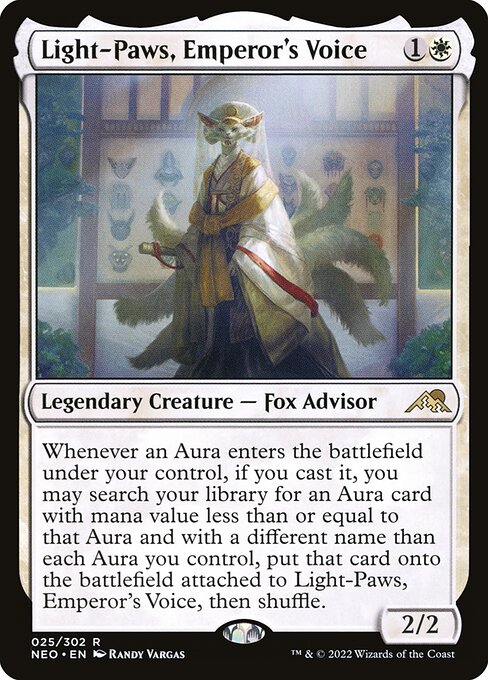
Light-Paws, Emperor's Voice
-

Shorikai, Genesis Engine
-
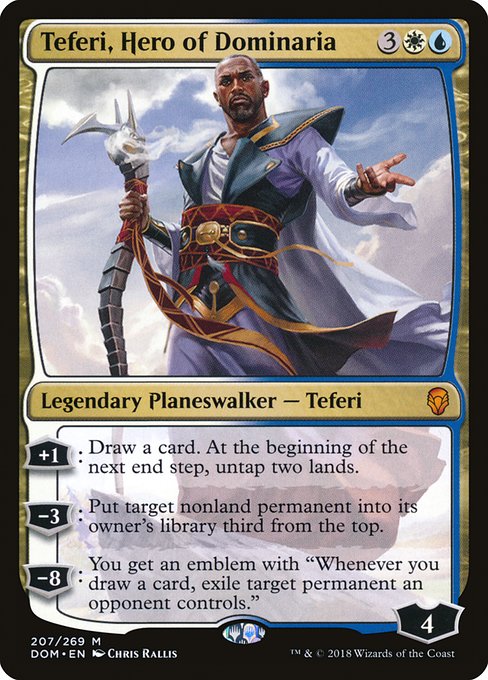
Teferi, Hero of Dominaria
-

Pentarch Ward
-
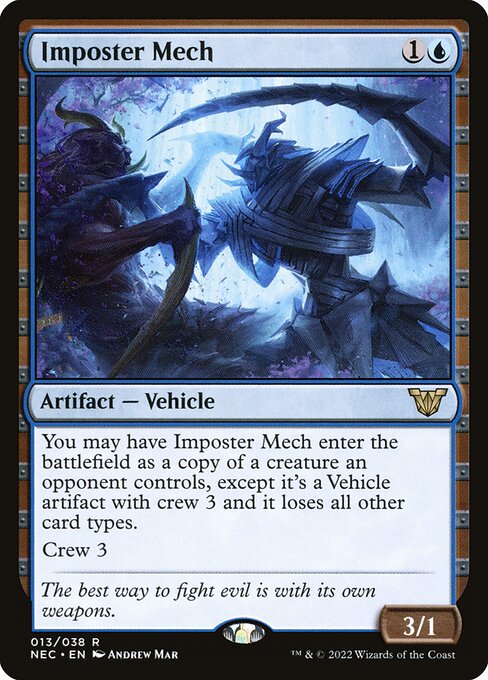
Imposter Mech
-
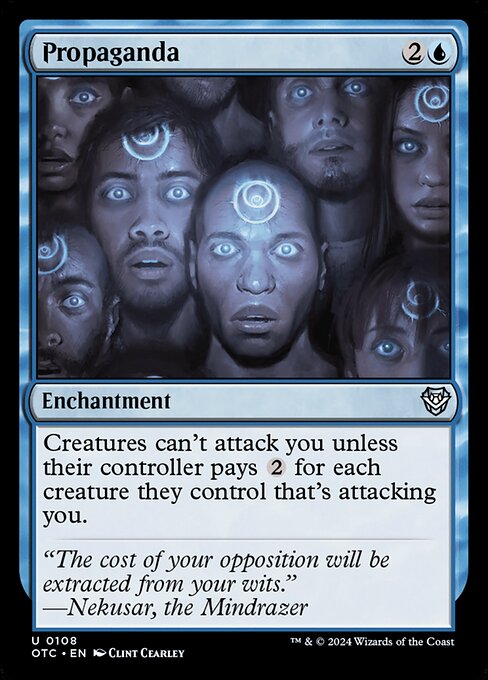
Propaganda
-
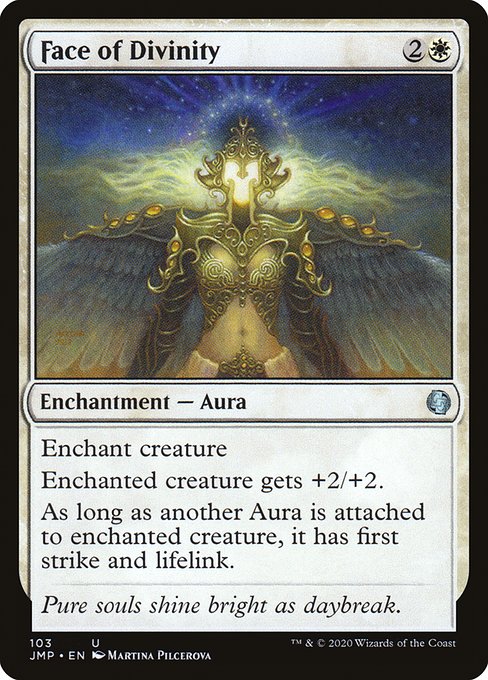
Face of Divinity
-
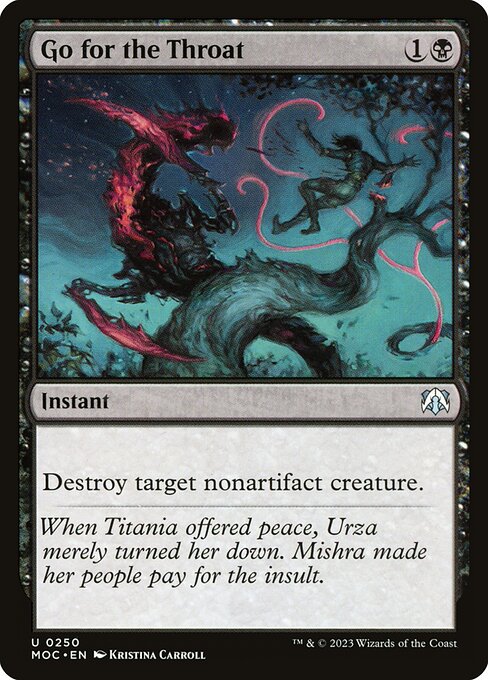
Go for the Throat
-

Mana Crypt
Gameplay Summary
The game began with a typical slow setup phase where players developed their mana bases and cast early utility creatures and spells.
Grand Arbiter Augustin IV established a control presence, leveraging cost reductions and counterspells to maintain board control.
Shorikai, Genesis Engine focused on assembling vehicles and pilots to pressure opponents, while Light-Paws, Emperor's Voice aimed to build a potent aura-stacked commander to clear the board and swing with a powerful lifelinking threat.
Isshin, Two Heavens as One concentrated on aggressive combat with multiple triggers to maximize damage output. A pivotal moment occurred when Grand Arbiter's control elements bounced Light-Paws repeatedly, slowing Zansher's ability to develop his board.
Despite this, Zansher managed to enchant Light-Paws with multiple auras, granting first strike and lifelink, enabling impactful attacks.
Esmond's Shorikai capitalized on artifact synergies and crew abilities, while Gabriel's Isshin posed a constant threat through combat damage.
The game featured critical interactions such as Grand Arbiter copying by Imposter Mech and its subsequent destruction, the use of Propaganda to slow attackers, and the strategic casting of Pentarch Ward to protect key creatures.
The game was a tense balance of control and aggression, with aura-enhanced combat and artifact synergy shaping the board state.


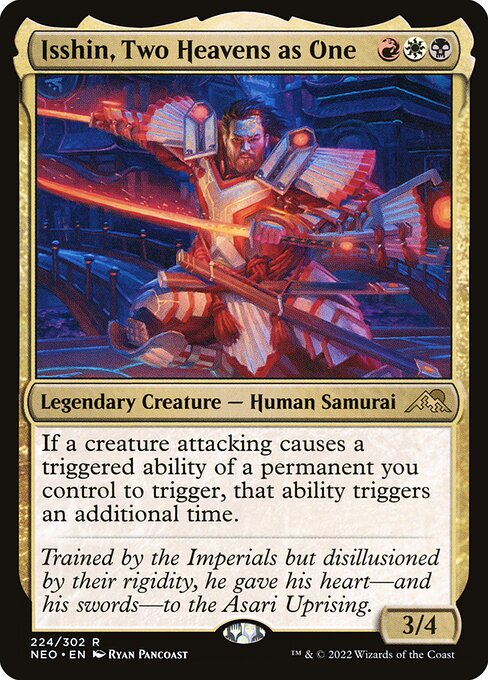























![Commander VS S15E1: Judith VS Emmara VS Vannifar VS Augustin IV [EDH] thumbnail](https://i.ytimg.com/vi/dyowiKsit9M/sddefault.jpg)










![Reyhan & Yoshimaru vs Shorikai vs Isshin vs Hinata [EDH/Commander, MTG Gameplay 2022] thumbnail](https://i.ytimg.com/vi/97SdQNDkZSM/sddefault.jpg)
